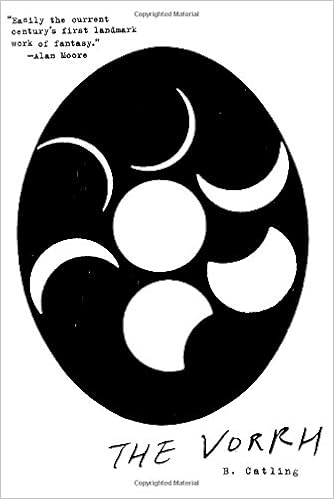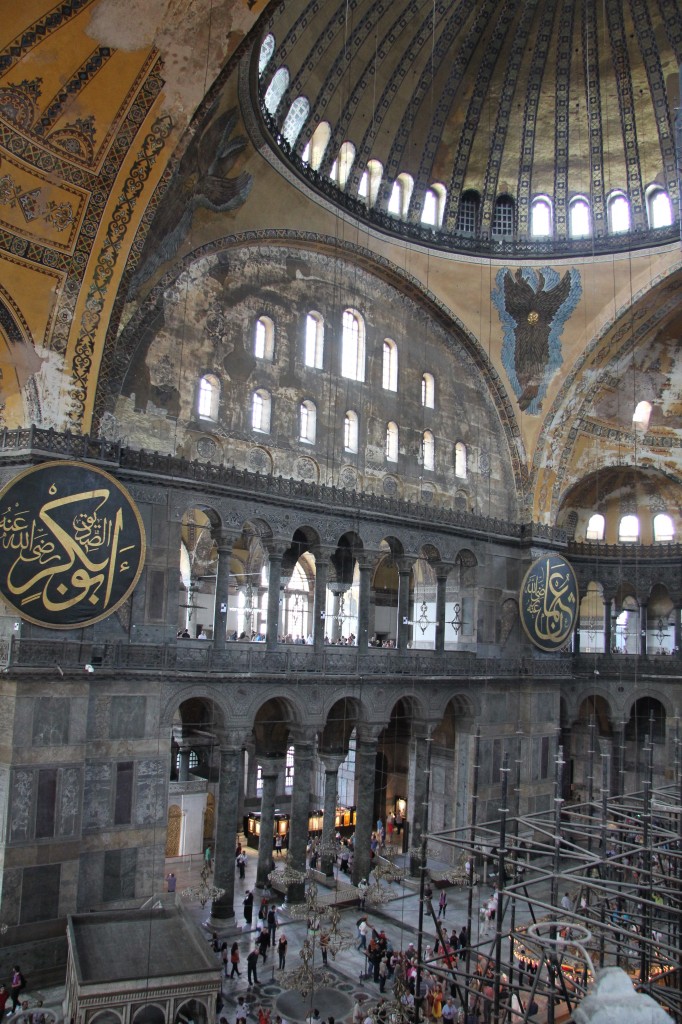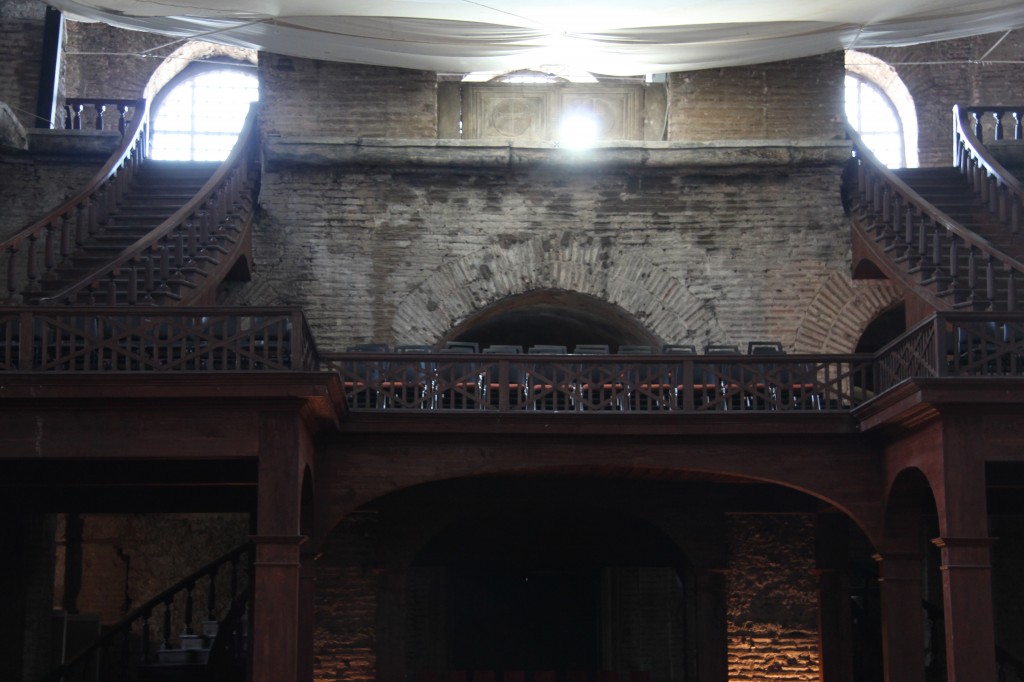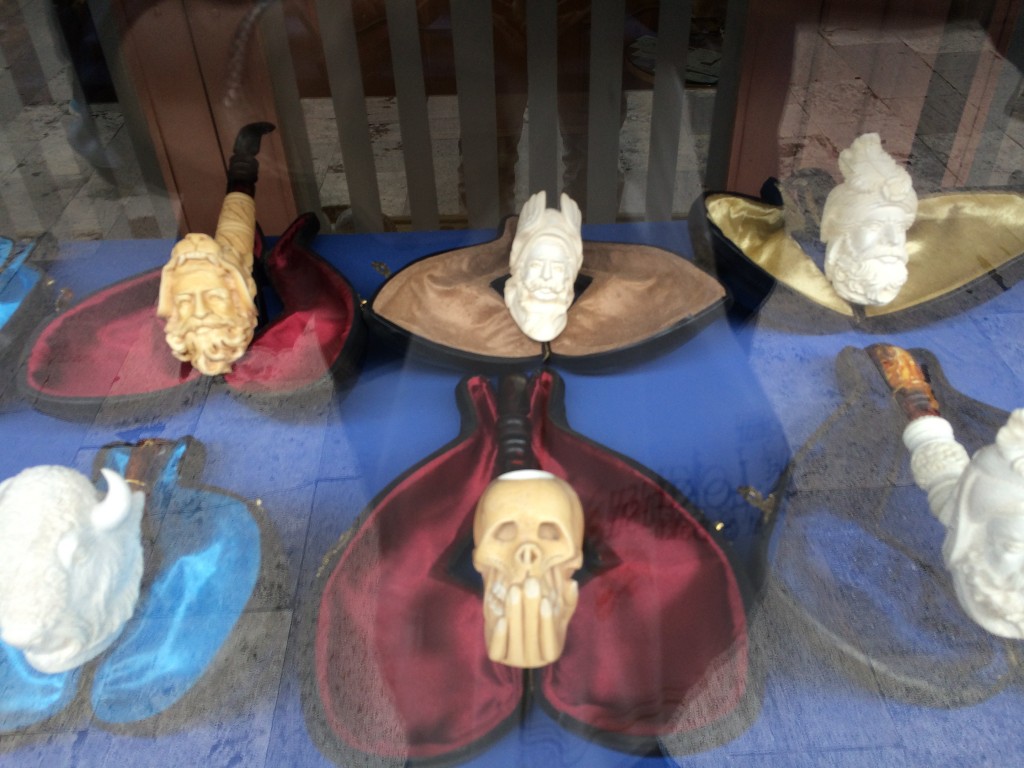Dusting off this blog to talk about communication, conflict resolution, and teaching. Pardon the sneezes.
My last year of law school I took a settlement and negotiation course one semester and a mediation course the next. This summer I took a 40 hour skills mediation course. I want to share a few really useful concepts from this work.
One of the underlying concepts of legal negotiation and mediation is the BATNA – the Best Alternative to a Negotiated Agreement. In direct settlement talks, the parties each need to convince the other side that the consequences of failing to settle (e.g. costly litigation) are worse than making a compromise. In mediation, the mediator’s job is to facilitate this discussion, helping it move forward when it gets stuck. The mediator reminds the parties of their respective BATNAs.
The BATNA touchpoint works because it appeals to the other party’s self-interest. In order to resolve a conflict, one has to understand what is at issue for the other party. This is often not what the stated issue is. Let me repeat that: This is often not what the stated issue is. When people argue or are in conflict, there is usually an underlying problem that needs to be solved in order to move forward. The problem is not necessarily related to the conflict. Resolution is achieved by appealing to interests.
Say, for example, that Jane and Rochester agree that Thornfield Manor needs to be repaired and renovated but they can’t agree on what to spend the money on. Jane wants a new gas stove and upgraded plumbing. Rochester wants all new hardwood flooring in the foyers and corridors. They only have enough money for one of those. The issues have now become so contentious that Jane has threatened to move out (her BATNA) and Rochester has threatened to kick her out (his BATNA).
So what’s at stake here?
The conflict about Thornfield Manor has to do with Jane’s desire for a less laborious life and Rochester’s desire to display his wealth. Below that, Jane feels unappreciated for how much she works and wants to spend more time drawing. Rochester feels abandoned by her and is trying to console himself with things. Jane’s interest is in creative time; Rochester’s is in companionship.
They aren’t going to agree about the importance of the stove or the value in installing new floors until Jane feel appreciated and Rochester is reassured that she loves him. When Rochester realizes that a new gas stove will allow Jane to spend more time with him, he’s more likely to agree to it. When Jane realizes that new hardwood floors are going to significantly improve the lighting in the mansion and reduce time spent sweeping, she’s more likely to be amenable to them.
But they don’t have enough money to do both. So what do they do? They compromise. Rochester gets the floors but takes on more of the cooking and clean-up, or Jane gets the stove but agrees to spend the time saved taking walks with Rochester. Alternatively, they come to the realization that Thornfield Manor is much too large for them. They sell it and buy the smaller mansion the next valley over that was recently upgraded throughout.
They aren’t going to reach any of these compromises by arguing the merits of stove versus floors. Jane can swear until she’s blue in the face that the new stove will allow her to make better food, and Rochester can talk about how much value new floors will add to the resale value of the mansion. But since Rochester doesn’t really care about the food, and Jane doesn’t really care about the value of the mansion, neither of those arguments is going to move them anywhere. They have to dig down to the underlying needs to find resolution.
The god in charge of this is Janus. One side of the coin is listening. The other is learning to speak in a way that can be heard. Both parties have to do both, or there will be a power imbalance that gets in the way.
Listening and speaking to be heard in conflict are highly effective when they are self-referential. That is, Jane needs to say both “I hear that these floors are pretty important to you” and “I need the new stove because the one we have now makes me waste a lot of time.”
What won’t work is for her to say, “You need to agree on the stove because when we got married you promised I could have what I wanted in the kitchen.” Even if Rochester made that promise, he’s not going to be persuaded to keep it by being told he is obligated to satisfy Jane’s needs. Jane’s argument about the promise he made doesn’t show him what he gets by agreeing to the stove; instead, it makes him feel like his own needs don’t matter at all to her. He’s going to respond by saying, “You aren’t the same woman I made the promise to. Get the hell out.”
This is where the BATNA comes back in. If Jane’s drawing time is more important to her than time with Rochester, her best alternative may well be to move out instead of compromising. Not every conflict can be settled through negotiation.
None of this pertains to someone who is not interested in solving conflict. If the BATNA is keeping one’s own power, the BATNA is going to trump the negotiation. If the anger or fear (yours or the other party’s) driving the conflict is fundamental to it, that’s going to be really hard to move through.
But for someone who wants to solve conflict, to get the other side to understand and even change, here are some things to remember.
- Your interest may not be self-evident to you. What you are actually arguing about might not be what’s in the words. If you win the conflict, how does that benefit you? Give that some thought before going in to negotiations.
- Your interest may be self-evident to you, but it isn’t to the other party.
- The other party has an interest you can’t see.
- Feeling heard is a powerful motivator for changing position.
- Hearing a person is neither agreeing with them nor condoning unacceptable behavior. It is hearing. Full stop.
- A single conflict can have multiple causes.
- Ignoring power imbalances will cause things to get stuck.
- There can be multiple power imbalances, some on each side. These are often expressed with exclusionary language.
- Saying “I need” can be effective. Saying “You need” is almost certainly going to shut things down.
There are two things that shape my own approach to conflict resolution. First, I think that as a species, humans are pretty predictable, but as individuals, people are complicated. I try to avoid reducing someone to a thing driven by a single motive. Second, I believe that most conflict is rooted in fear. Fear of losing something important to identity, of being hurt, of being powerless. When I’m trying to figure out what’s going on in a conflict, I try to see what the parties are afraid of.
Conflict resolution is hard to do. It remains worth trying.
















